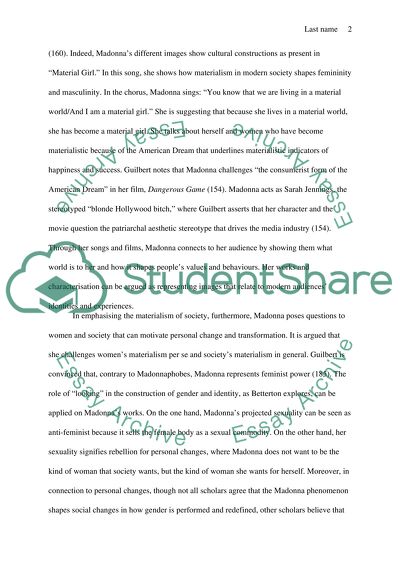Cite this document
(“Madonna Phenomenon Essay Example | Topics and Well Written Essays - 1500 words”, n.d.)
Retrieved de https://studentshare.org/journalism-communication/1626692-madonna-phenomenon
Retrieved de https://studentshare.org/journalism-communication/1626692-madonna-phenomenon
(Madonna Phenomenon Essay Example | Topics and Well Written Essays - 1500 Words)
https://studentshare.org/journalism-communication/1626692-madonna-phenomenon.
https://studentshare.org/journalism-communication/1626692-madonna-phenomenon.
“Madonna Phenomenon Essay Example | Topics and Well Written Essays - 1500 Words”, n.d. https://studentshare.org/journalism-communication/1626692-madonna-phenomenon.


